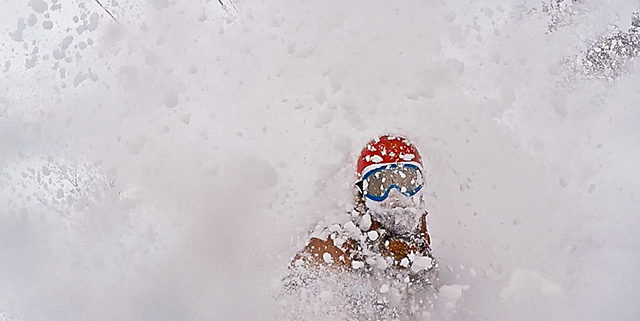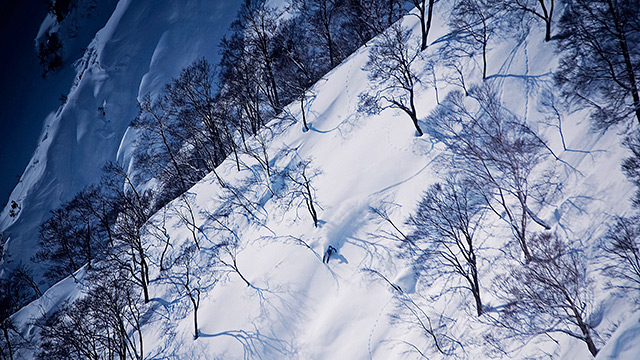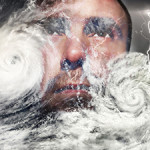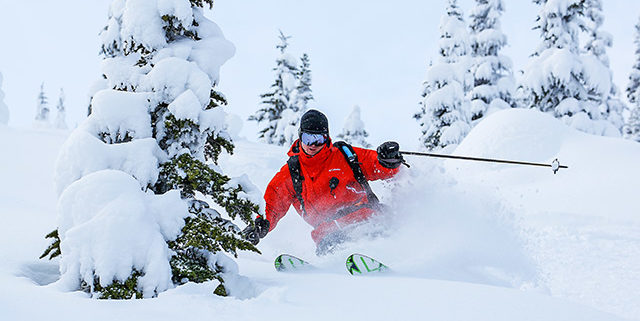Japan Backcountry Skiing
Japan Backcountry skiing awaits
If you’ve never thought of Japan as an backcountry destination, think again – when it comes to Japan backcountry skiing, it is one of the most exciting destinations in the world. In the Hokkaido and Hakuba regions of Japan, the powder skiing is unforgettable, with challenging, undeveloped peaks, volcanoes, and endless tree skiing.
Japan Winter
Japan is directly in the path of Siberian snowstorms. During the winter, masses of cold air move from Siberia into Japan, gathering moisture from the Sea of Japan along the way. Then the wet, cold air meets the mountain ranges along the coastline of the Sea of Japan and the result is what makes backcountry skiing in Japan so exciting – epic snowfalls.
The Japan powder skiing season is long, lasting well into May. There are any number of areas that offer outstanding skiing conditions, but usually when people think of ski touring in Japan, they’re considering Hokkaido and Hakuba.
Hokkaido Backcountry
Hokkaido offers some of the best side-country and off-piste terrain, beginning in Niseko, which is known for exceptionally large snow accumulation – usually an amazing 49+ feet over the season. No wonder Hokkaido’s dry powder is famous worldwide! And if skiing a volcano is on your bucket list, the highest volcano in the region is located in Daisetsuzan National Park.
Hokkaido is an island, so the moderating influence of the sea means that you could get days that won’t be overly cold. There will still, however, be plenty of snow. The Hokkaido snowpack is generally stable, and very deep. You can enjoy a mix of alpine skiing and tree skiing, with verticals anywhere from 1640 to 2953 feet. You’ll get a workout, to say the least, and the area isn’t recommended for skiers with an ability level of under 4. It’s a good idea, if you really want to get the most out of your trip, to work on your aerobic fitness level before you go.
If there is a downside to Hokkaido, it’s that experienced skiers may find that the mountains aren’t quite steep enough for their liking.
Hakuba Backcountry
Hakuba backcountry offers some of the finest backcountry skiing in Japan, or for that matter, the world. The forests are deep and inviting, and the Hilda Mountains offer high summits and ridges, but are still easily accessed. This popular area is remarkably uncrowded, and providing visitors to this part of Japan with powder skiing that is unparalleled.
Hakuba is located in a valley that features low hills in the east, and high peaks (nearly 9843 feet) in the west. The Sea of Japan is located on the other side of the mountains, about 18 and a half miles to the west. The region actually consists of a number of small towns that flow together to create a larger one, and there are ski areas on the alley’s west side. Ski lefts take you into the backcountry, but there are also tours that are accessible from roadside and may be better suited to less experienced skiers.
The slopes of Hakuba are considerably steeper than those of Hokkaido, and will offer a challenge to experienced skiers.
If you’re used to skiing the mountains of British Columbia, you’ll find that the Japanese forest is very different. It’s mainly deciduous, and the tree density is less. The lack of lower limbs on the trunks of the trees make for an open feel. At higher elevations, you’ll find open alpine terrain.
Onsens
There isn’t a lot of night life in Japanese ski resorts, unlike those of North America and Europe. After a long day on the slopes, you’re more likely to unwind in one of the onsens (hot springs) that are available in Hokkaido and Hakuba.
You’ll find onsens nestled on the slopes, at the base of mountains or volcanoes, or overlooking the ocean. Originally, onsens were all located outdoors, but now they’re featured in many inns. All, however, are served by natural hot water from geothermally heated springs.
It’s not just cold, weary skiers who appreciate the onsens. In Hakuba, the Jigokudani hot springs is the one location in the world where you can see snow monkeys (about 200 of them) bathing in the wild.
A Few Tips
Your Japan powder skiing adventure is taking you to a country quite unlike our own, so here are a few suggestions to help make your trip more pleasurable:
- Money
At home, when you want to buy something, you likely just pull out your debit or credit card. This isn’t going to work overly well in Japan – you’ll find that most places only want cash. You’ll want to visit the cash machine at the airport, or one of the mini-banks that are available in most Japanese convenience stores.
- Language
In Japan, not many people speak English. You’ll probably be able to function in your mother tongue within resorts, and certainly on your ski touring in Japan, but once you encounter local shopkeepers and other citizenry, it’s not likely. It might be a good idea to pick up a Japanese/English dictionary and learn a few basic phrases. Knowing how to ask where the nearest bathroom is located, for example, could be useful.
- Staying Connected
In most areas, your cell phone will work. Expect the roaming charges to put you a bit out of pocket, though. You also shouldn’t have too much trouble finding wireless internet.
- Food
The northern part of Japan is known for the freshness and quality of its seafood, and you haven’t experienced sushi until you’ve enjoyed it in Hokkaido and Hakuba. Some of the most celebrated products include hotate (scallops), ika (squid), kani (crab) and ikura (salmon roe). Usually the seafood is enhanced with just a dab of wasabi, and served over rice. You won’t find western ingredients like avocado or cream cheese in your authentic Japanese sushi.
All over Japan, you’ll find ramen dishes that are very different from the ramen you used to live on in college. Ramen is considered to be a specialty in Hokkaido, and there are several variations across the region. For instance, in Asahikawa, soya sauce based ramen dishes are common. Hakodate is known for salt-based broths, and Sapporo for its miso base.
For a truly hearty meal to enjoy after a day of backcountry skiing in Japan, you may enjoy Genghis Khan, a meat dish named for the founder of the Mongol Empire. It consists of meat (often mutton) and vegetables cooked at table, and eaten directly from the grill. It’s enjoyed with a dip of shoyu-based sauce.
Final Word
Although you are, of course coming to Japan for powder skiing, don’t miss the opportunity to explore. Japan offers something for everyone even off the slopes. Before visiting, you should find a guidebook and read up on local culture and customs so you can make the most of your trip. You’ll definitely enjoy your adventure in Japan’s ski country.






